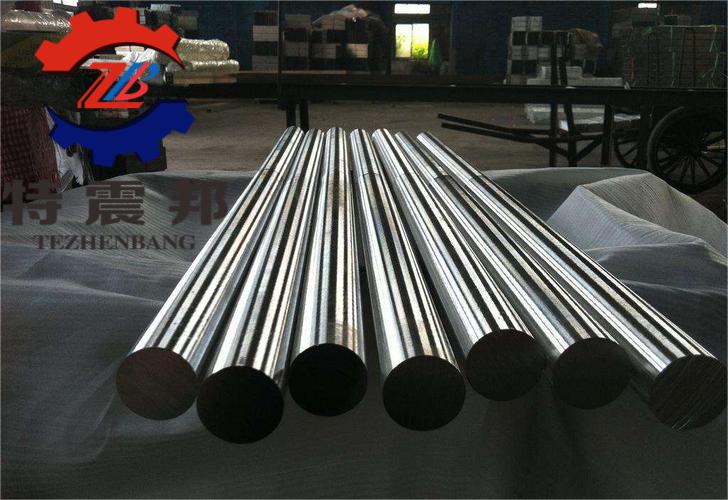Detailed Introduction
| Steel Grade (GB) |
Comparison of Grades from Various Countries |
Technical Conditions |
Chemical Composition |
||||||||||||||
| C |
Cr |
Mo |
V |
S |
P |
Si |
Mn |
Ni |
W |
Al |
Cu |
Nb |
Co |
B |
|||
| 5Cr5MoWVSi |
USA (5H12) |
Agreement |
0.45 ¦ 0.55 |
4.75 ¦ 5.50 |
1.00 ¦ 1.75 |
0.40 ¦ 0.60 |
≤0.030 |
≤0.030 |
0.80 ¦ 1.20 |
0.20 ¦ 1.50 |
|
1.00 ¦ 1.50 |
|
|
|
|
|
Basic Information
Used for manufacturing hot extrusion molds, forging hammers, forging press molds, precision forging machine inserts, and die-casting molds for aluminum, copper, and their alloys. 5H12 is also a special product steel for blades and rolls, which should be classified as high carbon steel, with a carbon content of about 0.6%. Within a special range, the higher the carbon content of the steel, the higher its hardness after heat treatment, combined with precision grinding of the blade, making the blade very sharp. The manufacturing technology of blade steel is more advanced than that of ordinary knives, and the blade edge is not easily worn, nor is the blade surface corroded by acidic substances, which are effects that ordinary knives cannot achieve. Blade steel has ultra-high quality with high hardness, corrosion resistance, wear resistance, not easy to rust, and sharp edges, which is significant when cutting thin slices, and is hygienic and easy to clean after use.
Heat Treatment Process of 5H12 Mold Steel:
Forming Temperature (C) / 900℃~1100℃ Annealing Temperature (C) / 800℃~840℃; Stress Relief Temperature (C) / 600℃~650℃ Annealing Hardness (HB) / 250max; Quenching Temperature (C) / 1000℃~1050℃ Quenching Medium / Isothermal Bath; Tempering Temperature (C) / 500℃~530℃ Tempering Hardness (HRC) / 58~60;
Quenching Temperature 1020-1050℃ Fire Medium Oil, Air, Quenching Hardness HRC57-60 Tempering: Tempering Temperature 600℃, Tempering Twice, Tempering Hardness HRC47-49
Annealing: 860-890℃ Hardness: ≤229HB
If gas nitriding or carburizing is performed, it can further strengthen the mold, but the nitriding temperature should not exceed the tempering temperature to ensure that the core strength is not reduced, thereby improving the service life of the mold.
Usually, two tempering processes are adopted, with the second tempering temperature being 20℃ lower than the first.
5H12 has good heat resistance, with good strength and hardness at higher temperatures, high wear resistance and toughness, and good thermal fatigue performance. Excellent comprehensive mechanical properties and high tempering stability.Tempering Stability


key word:
Hot working mold steel
Cold working mold steel
Plastic mold steel
Forging series
Message Consultation
Service hotline:
Company address
Telephone
Address: No.128 Zhangzhihe Avenue, Dapaishan Village, Xisaishan District, Huangshi City, Hubei Province

